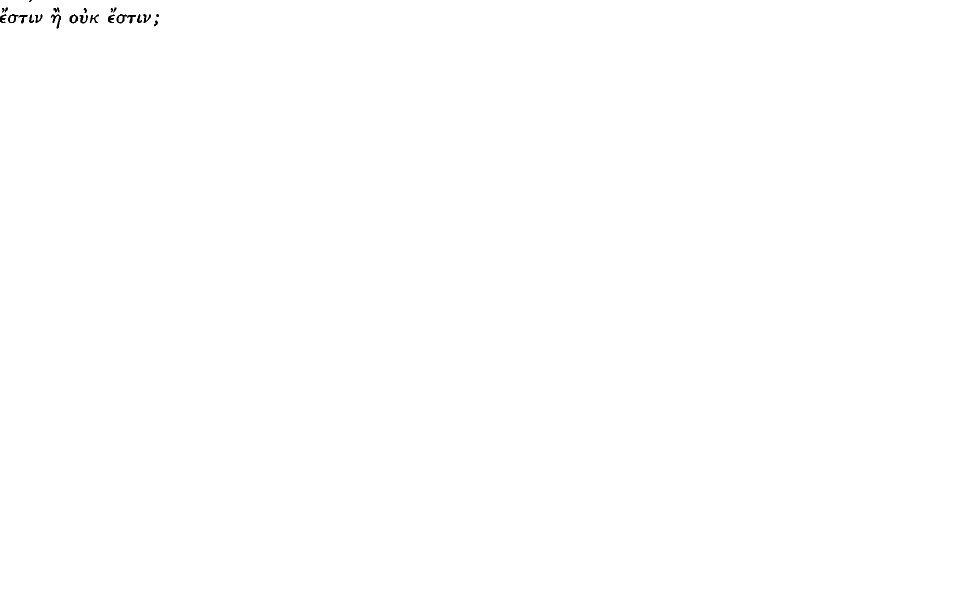No CrossRef data available.
Published online by Cambridge University Press: 11 February 2009
Professor G. E. L. OWEN has demonstrated (C.Q. N.S. X [1960], 84 ff.) that Parmenides' Way of Truth is to be taken as a self-contained logical argument. The basis for this argument is a proof that whatever we may choose to think about  The first stage of this proof is contained in B 2.
The first stage of this proof is contained in B 2.
According to Owen's reconstruction of the argument, Parmenides' method is to take the three possible answers to the question  (i.e. an unqualified yes; an unqualified no; and a noncommittal answer that some- times we must say yes, sometimes no) and rule out two of them. This view involves giving equal status to each of the two wrong answers; but Parmenides appears not to do this. At the start of B 2 he undertakes to tell us
(i.e. an unqualified yes; an unqualified no; and a noncommittal answer that some- times we must say yes, sometimes no) and rule out two of them. This view involves giving equal status to each of the two wrong answers; but Parmenides appears not to do this. At the start of B 2 he undertakes to tell us
page 36 note 1 I am extremely grateful to Professor Owen both for the stimulus of his paper, and for his kindness in discussing mine with me.
page 37 note 1 This incidentally illustrates the error: Parmenides does not—how could he?—appreciate the difference between Sein and Dasein.
page 38 note 1 This is surely the right reading. Simplicity quotes the passage twice with this text, and it is too long to be a citation from memory,  ([Plut.] Strom. 5) is probably just a slip, and
([Plut.] Strom. 5) is probably just a slip, and 
 (Plut. adv. Col. 1114 C) looks like a misquotation from memory; the first two words are probably not meant to be part of the quotation at all, as
(Plut. adv. Col. 1114 C) looks like a misquotation from memory; the first two words are probably not meant to be part of the quotation at all, as  makes good sense in Plutarch, but nonsense in Parmenides. (This was suggested by Westman, R., Plutarch gegen Kolotes [Acta Philosophica Fennica vii], pp. 236–9,Google Scholar and also, independently, by Owen, , op. cit. p. 102.)Google Scholar
makes good sense in Plutarch, but nonsense in Parmenides. (This was suggested by Westman, R., Plutarch gegen Kolotes [Acta Philosophica Fennica vii], pp. 236–9,Google Scholar and also, independently, by Owen, , op. cit. p. 102.)Google Scholar